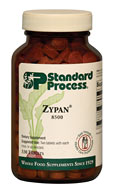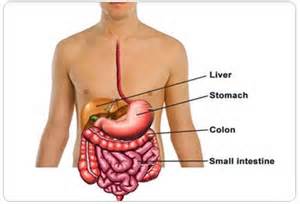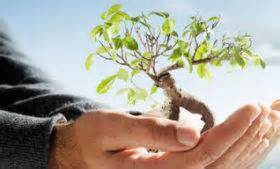Candida

|
I will tell you what you are.” G. K. Chesterton |
The most common form of bacterial imbalance is Candidiasis. Candida is a fungal organism that is present in virtually everyone’s intestinal tract in small amounts. In a healthy gut, it is kept under control by normal immune system activity and beneficial microbes such as intestinal lactobacilli, bifidobacteria, and others, including competitive yeasts. An intestinal environment that supports optimal balance between these myriad populations can easily be upset by such factors as refined carbohydrates and unhealthy fat, inadequate dietary fiber, impaired immune function, drugs and antibiotics and environmental or food sensitivities. Like any opportunist, Candida will take advantage when conditions permit. Once that balance is upset, this organism is more likely to change form and proliferate, invading and colonizing our body tissues.
Once Candida has spread within the body, it can deeply infiltrate healthy tissue. Areas like the gut, immune system, and lymph tissue are highly susceptible to a Candida attack. Once this yeast has the chance to dominate a region of the body, it can spread deeper into the tissue. This is especially problematic when it comes to the gut, the immune system, and lymph tissue that sits just beneath the gut in the abdominal cavity. This makes the area specifically vulnerable to infection, inflammation, and disease.
Candida is programmed to adhere to and invade our cells. Candida uses something called adhesions, which are a type of protein that is found in the cell wall of Candida. They help Candida to adhere to the surface of mucosal tissue. This mucosal tissue is found in places like the mouth, nose, gut, colon, and vaginal wall. When Candida adheres to mucosal tissue, it creates damage and stimulates a response from the body’s immune system. Candida finds a home just about anywhere in or on the human body! Our stomach acid is an extremely acidic environment for a reason - the low pH of stomach acid helps to protect our body from the onslaught of microorganisms that hitch a ride on our food each and every day. Even with acidic gastric juices, many of us come down with food poisoning or a gut infection. However, whether it’s the sharply acidic environment of the stomach or the comfy and neutral terrain of the bloodstream, Candida knows how to make itself at home. Candida releases ammonia into its environment whenever it sees fit. This means that Candida can manipulate its environment and adjust the pH of where it resides. Like any opportunist, Candida will take advantage when conditions permit.
Once that balance is upset, this organism is more likely to change form and proliferate, invading and colonizing our body tissues. Although it may first come to some people attention in the form of a vaginal yeast infection or as oral rush, Candida can spread and become a serious problem - causing diverse symptoms not just in the reproductive or digestive systems but in multiple other systems in the body. When Candida proliferates, it changes form from a simple, relatively harmless one into one that is capable of penetrating the intestinal lining. This elicits low-grade inflammation in the gut and causes breakdown of the boundary between the intestinal tract and the circulatory system. Known as leaky gut, increased intestinal permeability allows incompletely digested food particles and yeast cells to pass through and enter the blood stream. The immune system soon identifies these large particles as foreign, and ramps itself up to deal with them.
- Connection between candida yeast overgrowth and carbohydrates
- What candida uses carbohydrates for
- What types of carbs useful to candida
- What are candida symptoms
- What are tests for candida overgrowth
- What are home tests to detect candida yeast infection
- What are side effects and efficiency of anti-fungal prescribed drugs for candida
- What to expect during yeast infection die-Off
- What are candida-associated disorders
- 8 steps that naturally prevent and improve your candida











